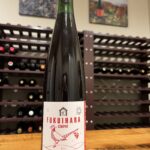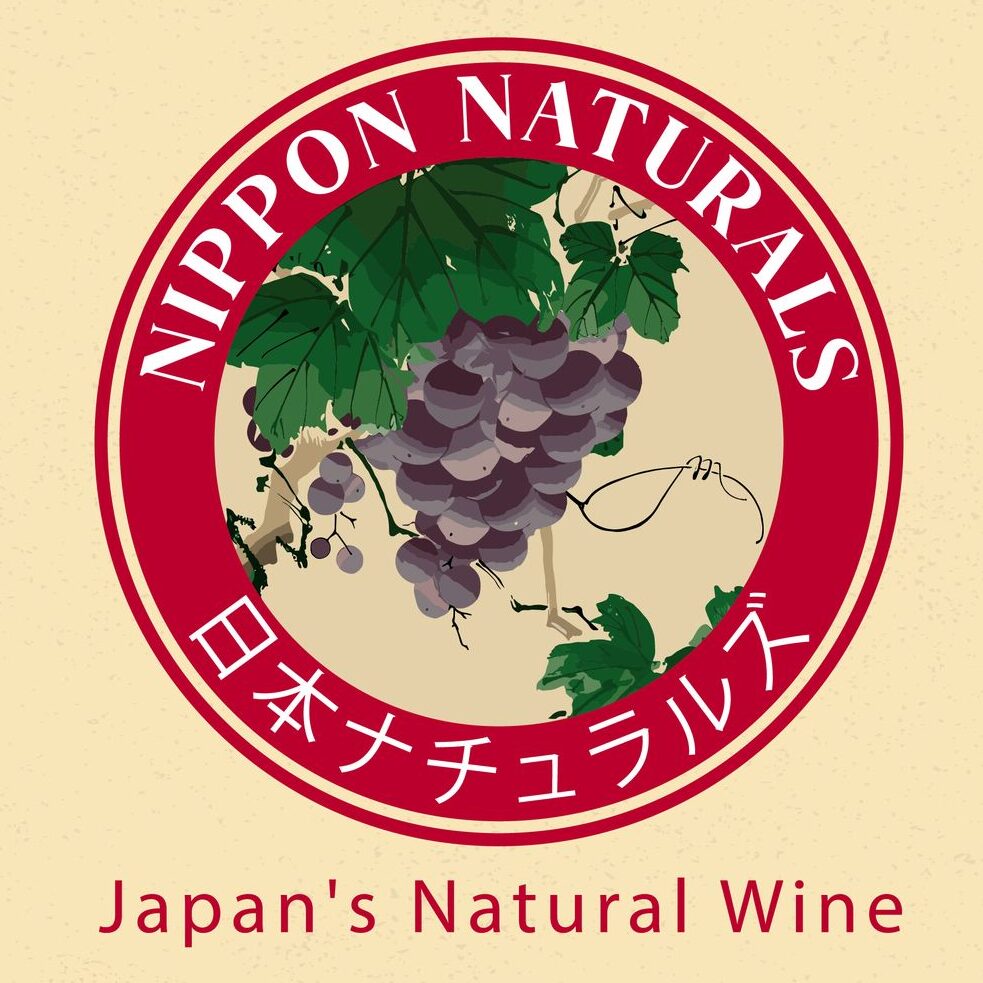NIPPON NATURALS
日本ナチュラルズ

Domaine Hase / Hikaru Farm is located at an altitude of 800 meters above sea level, with a 6 hectares (~15 acres) vineyard and winery in a spectacular landscape. Nagano has the lowest annual rainfall in Japan, a large temperature difference between day and night, long hours of sunshine and well-drained soil, making it an ideal region for growing wine grapes. The soil is volcanic ash soil (andosols) with a surface deposit of approximately 70-80 cm of pitch-black humus, formed from plant and animal remains decomposed by microorganisms over tens of thousands of years.
Mitsuhiro Hase believes that in order to maximize the natural power of grapes, it is necessary to consider the cultivation and brewing at the microbial level. Cultivation without putting a burden on the environment which aims for a complex biological environment where grapes coexist with various plants, animals, and microorganisms. These harsh natural environments have various effects on grapes, and of course on fermentation and wine. The winery is next to the fields so that the wine can directly reflect these various natural elements, and during winemaking, sulfurous acids are not used unless necessary for bottling, instead the grapes ferment naturally with a complex group of microorganisms.
Domaine Hase strives to make simple wine with as little human intervention as possible and aims to make wine that “touches the heart”. The cultivation puts minimal strain on the environment, fermenting highly concentrated grapes with low yields using wild yeast that is already part of the environment, making wine that makes use of the power of nature and the potential of the grapes.
One of the most popular white grape varieties globally, originating from Burgundy, France. It is prized for its versatility in winemaking, producing a wide range of styles from crisp unoaked wines to rich, buttery oak-aged wines, with flavors of citrus, tropical fruits, and vanilla.
A hybrid grape variety developed in Japan, prized for its aromatic qualities. It is commonly used in winemaking to produce fragrant and floral wines, often with sweet or off-dry profiles.
White wine grape variety that are grown in Japan and around the world. The grapes are usually grayish-blue, but can also be brownish pink, black, or white. The name “pinot” may come from the grape’s small, pine cone-shaped clusters. Pinot gris wine has a range of flavors, including notes of pear, green apple, citrus, tropical fruit, and stone fruit. It can also have floral undertones and mineral hints. Pinot gris wine can be made in a variety of styles, from zesty and dry to richer and more aromatic. Winemaking techniques, such as aging in stainless steel or oak, can influence the flavor profile
A red grape variety originating from Burgundy, France, and widely planted in wine regions worldwide. It is known for its thin skins, delicate flavors of red berries, cherries, and earthy undertones, and ability to express terroir, producing elegant and complex wines.
Growing Pinot Noir grapes in Japan
This can be challenging due to several factors. Pinot Noir is a delicate grape variety that is sensitive to climate, soil, and vineyard management practices. Here are some of the challenges associated with growing Pinot Noir grapes in Japan:
Climate: Pinot Noir thrives in cool climate regions with moderate temperatures and a long growing season. While Japan has several cool climate regions suitable for Pinot Noir cultivation, the climate can vary significantly from year to year. Extreme weather events like typhoons and heavy rainfall during the growing season can pose risks to grape quality and yield.
Disease Pressure: Pinot Noir is susceptible to various fungal diseases, such as powdery mildew and botrytis, which thrive in humid conditions. Japan’s high humidity levels, especially during the rainy season, can increase the risk of disease pressure in vineyards. Vineyard management practices, such as canopy management and disease prevention strategies, are essential to mitigate these risks.
Terroir: Pinot Noir is highly influenced by terroir, including soil composition, elevation, and microclimate. Finding suitable terroir that can provide the ideal growing conditions for Pinot Noir in Japan can be challenging. Vineyard sites with well-drained soils, good sun exposure, and protection from extreme weather events are essential for successful Pinot Noir cultivation.
Vineyard Management: Pinot Noir vines require careful vineyard management, including pruning, trellising, and irrigation, to optimize grape quality and yield. Skilled vineyard workers with expertise in Pinot Noir cultivation practices are necessary to ensure proper vineyard management throughout the growing season.
Despite these challenges, some regions in Japan, particularly Hokkaido and Nagano, have seen success in growing Pinot Noir grapes. With careful site selection, vineyard management, and adaptation of winemaking techniques, Japanese winemakers can produce high-quality Pinot Noir wines that showcase the unique terroir of their region.
A red grape variety from Austria, known for producing medium-bodied red wines with flavors of red and black fruits and spicy notes.


Sprays – None
Fertilizer – None
Hand-picked – Yes
Natural yeast – Yes
Fining / Filtering – None
Added sulfites – Maximum 30 ppm
.
